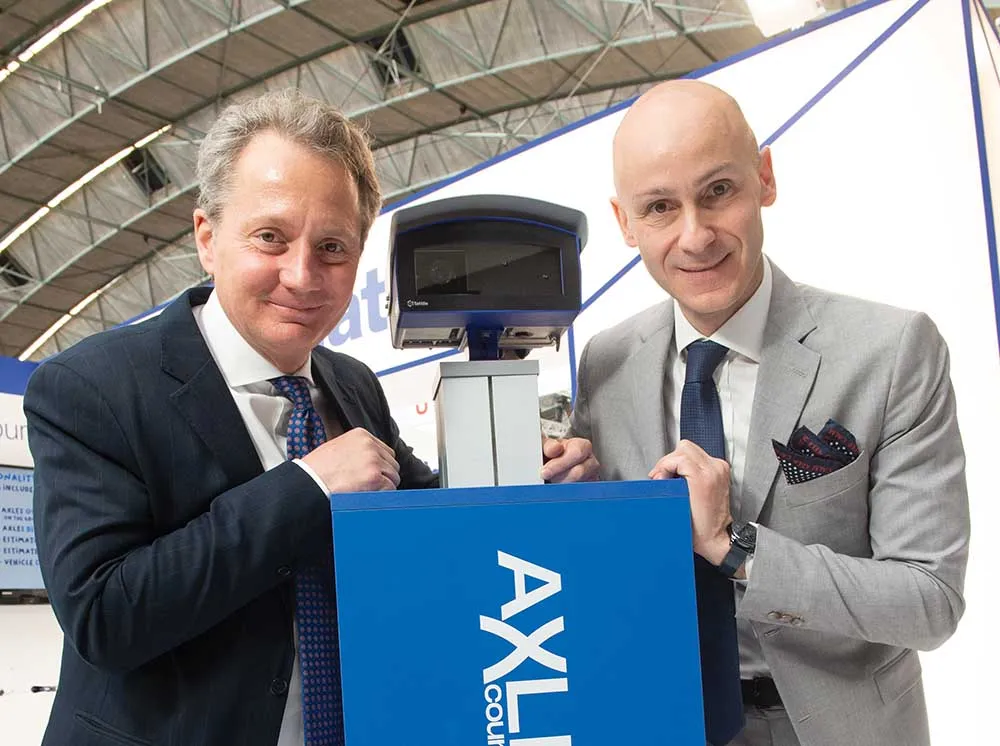Finnish company Noptel Oy will be at Intertraffic Amsterdam 2016 to highlight its Speeder X1 and CMP52 laser distance measurement sensors dedicated for traffic control and law enforcement applications. Speeder X1 laser radar exploits a dual laser transmitter providing overlapping vehicle profile analysis for precise vehicle speed measurement as well as for vehicle height and length determination.
April 5, 2016
Read time: 1 min

Finnish company
Speeder X1 laser radar exploits a dual laser transmitter providing overlapping vehicle profile analysis for precise vehicle speed measurement as well as for vehicle height and length determination.
Meanwhile, the CMP52 accurate and reliable single beam laser radar is suitable for a wide variety of traffic control and law enforcement applications, enabling many demanding measurement tasks including vehicle detection and LPR camera triggering as well as vehicle classification and speed measurement.









